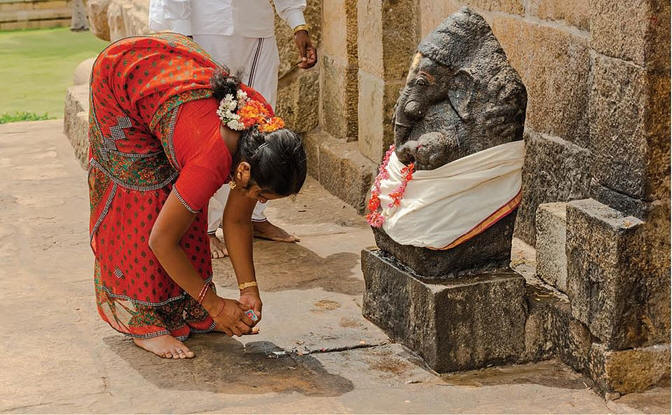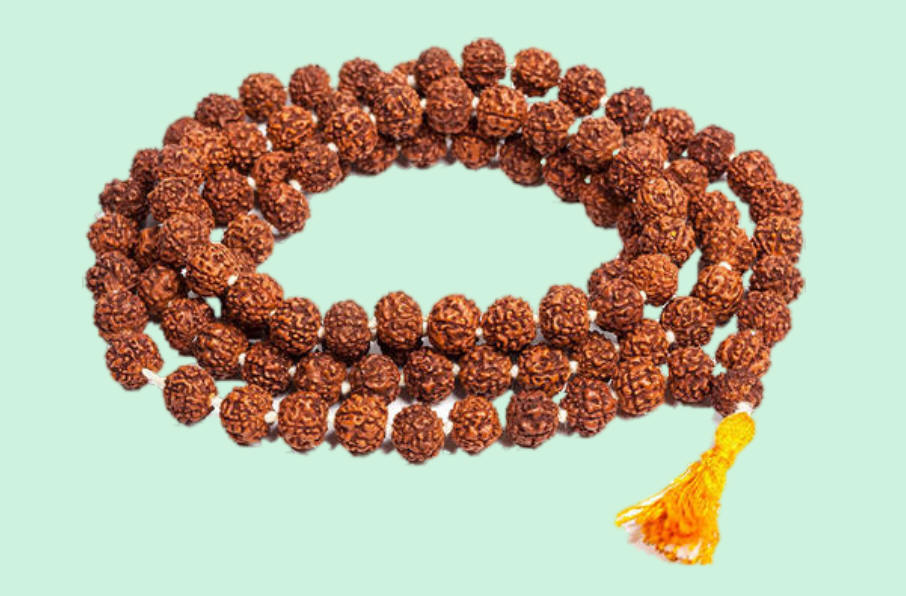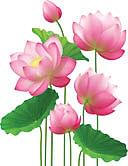Grace Of God: Do you get it only in the temple?
Published:29 Jun 2020 8 PMUpdated:29 Jun 2020 8 PM
Question – Answer: Is God’s grace available only by going to temple?
Is it mandatory to go to temple for God’s Grace?
GraceOfGod
By Chennai Kalikambal Koyil Sivasrishanmuga Sivachariar

1. Some people say God’s grace is available only in the temple. I perform Puja at home without visiting the temple. Will I get God’s grace? --M. Ramakrishnan, Chennai-116
2. If you think of God with Bakthi (devotion)and sincerity, God’s grace is obtainable in full measure. The sacerdotal services in the temple benefit the entire congregation of devotees. We earn the merits of having prayed for the weal and welfare of the congregants.
3. Let us receive Darsan of God not only by the external eyes but also by the mind’s eyes.
The chanted Mantras, the sacerdotal services, the sounds of bells, drums, Nāthaswaram, panegyrics, the mesmerizing divine smells, the visual beauty of flowers, and the special decorations: These help our mind and soul to easily dissolve in God (= the English/Latin word ‘Lysis’ [லயித்தல்) came from Sanskrit and Tamil).
लय laya = adherence; disappearance or absorption in; extinction, dissolution, destruction, death;
4. When we worship in a temple visited over thousands of years by Rishis, Devas, Acharyas, kings, and the community, a great Sakthi envelops us unawares and offers protection to us: That feeling we realize soon after that.
5. The superabundant divinity in the temples has the Sakthi to expunge our karma easily. Therefore, go to the nearby temples. Get involved in services to the temple, like cleaning. You will feel the flowering of love in you when you go to the temple with family and friends.
6. If you do the meditation and or the worshipful services at home to enhance your awareness of the Devine, you may do so: there is nothing wrong with it.
7. Why is that the deity established under a tree? What is the reason our ancestors installed and worshipped Vinayaka Peruman under the Pipal or the Margosa tree?
--M. Velmurugan, Kulakkudi
8. Our ancestors stressed the protection of trees from the Purana times. For that reason, we planted, maintained, and protected the Sthala Virutsam (temple tree). Pipal tree is the Amsa (a living fragment) of Vishnu. Neem tree is the Amsam of Parasakthi.

10. Question. I like wearing Rudraksha. Can all wear them? What are the injunctions about wearing it? --K. Rajagopal, Azhvartirunagari, Azhvar-Tiru-Nagari).
11. Rudraksham is Arul Prasadham (Grace sacrament). Since it took origin from the three-eyed Isan, it received the celebrated name, Rudraksham. Wearing meritorious beads removes sins and induces good thoughts. Sastras say that both men and women can wear them with no restrictions.
12. For worship, one can wear the Rudraksha beads as a garland or as a singleton. For Japam, one can use it as a counter. Because of wearing them, spiritual thoughts rise in mind.

14. There is no greater merit than wearing a Rudraksha bead, say the spiritual treatises. All can obtain much Divine Sakthi by wearing them.
15. I have seen some temple visitors touch and worship the assembly of Gods on the walls and the Nandhi Devar. Can we touch the temple idols and worship them?
--K. Kamakshi, Vizhuppuram
16. In the olden days, they talked of Fear of God. We should follow the injunctions of the Sastras and accumulate merits. We should not gather sins by following prohibited acts and observances. That is the genuine Bakthi.
17. Temple is the place for the daily tradition-bound pujas with devotees entertaining thoughts of universal welfare and giving up ideas of individualism, I, Me, & Mine egoism. Sanathana Dharma does not portray the temple as a mere place of congregation. It is a place where special worships, rites, and rituals occur for the welfare of all life forms. It is commendable to perform sacerdotal serves according to injunctions and receive God’s Grace.
18. Our faith should be within the ambit of Dharma. Then only, we can derive full benefits. The recommendation is to worship without touching the idols. Manipulating temple services to accommodate one’s own personal and or economic power, prestige and preferences, create evil to self and the world. That sin gravitates to the doer.
19. The worship procedures should be in line with the injunctions of Sastras. Many may take us in the wrong path. Sastras never conduct us on the wrong path. Realizing such things, we should accept the correct observances.
20. Should one do levorotary circumambulation of Rahu and Ketu of the Navagrahams? --K. Ramalakshmy, Papanasam
21. Temple ambulation should be dextrorotary. On any account, it should not be levorotary. In the evening services only, ‘Soma Sutra Pradakshinam’ is the norm.
22. Rahu and Ketu among the nine planets are invisible and levorotary, which does not mean we should do the same thing. The idea of Pradhakshinai in the temple is every step taken with the staunch belief in God expels sin and earns merit. It is essential that during the circumambulation, the mind entertains only thoughts of God and nothing else.
23. Dear Reader: Chennai Kalikambal Koyil Sivasrishanmuga Sivachariar gives answers to all spiritual questions.
Questions are welcome and the address is Question & Answer, Sakthi Vikatan 757 Annasalai Chennai-600 002
